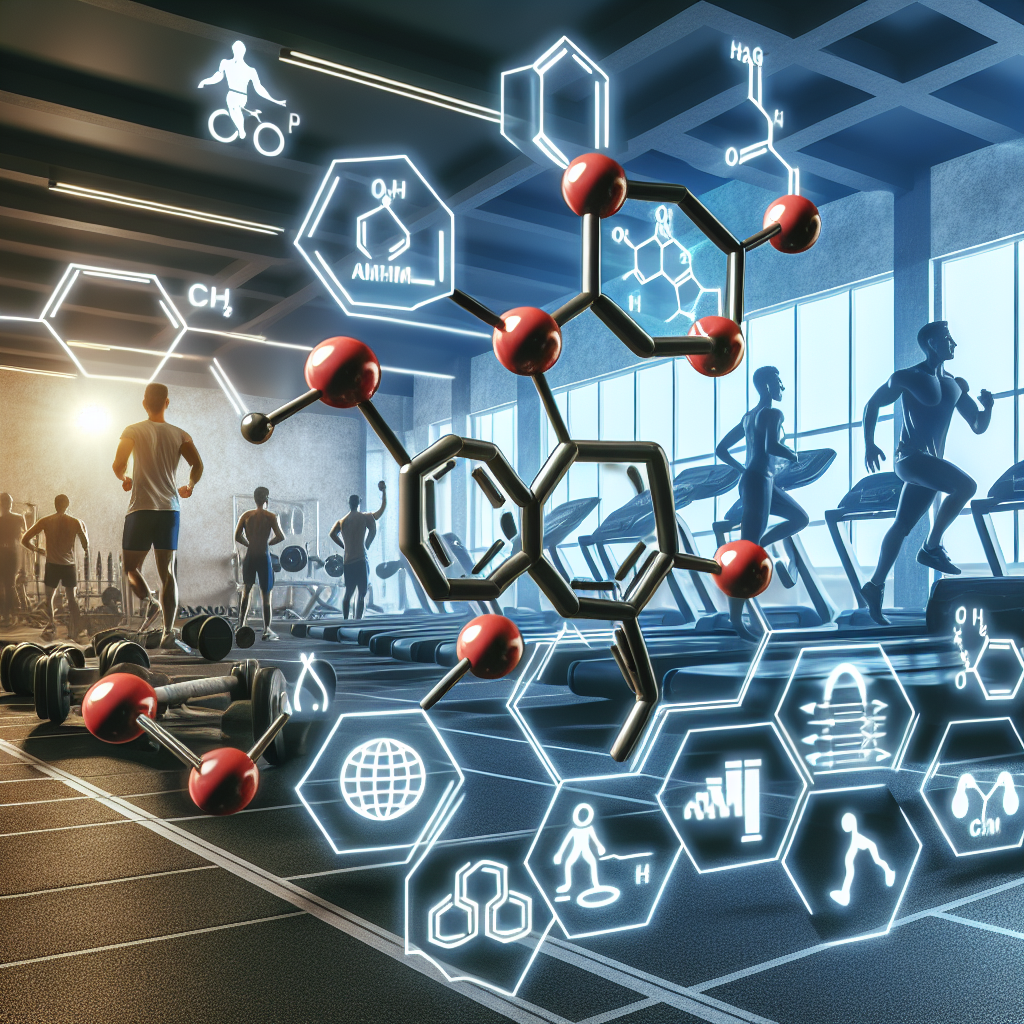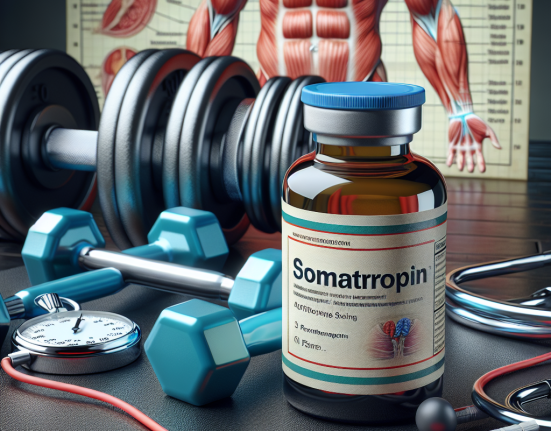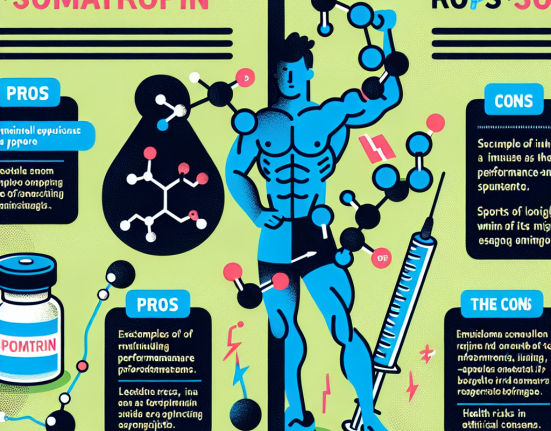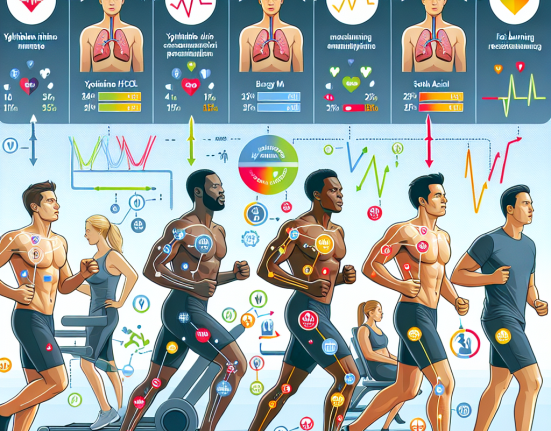-
Table of Contents
Exemestane as Support for Post-Cycle Therapy in Athletes
In the world of sports, athletes are constantly pushing their bodies to the limit in order to achieve peak performance. This often involves the use of performance-enhancing drugs, such as anabolic steroids, to gain a competitive edge. However, with the use of these drugs comes the risk of negative side effects, including hormonal imbalances and suppression of natural testosterone production. This is where post-cycle therapy (PCT) comes into play, and one drug that has gained attention as a potential support for PCT is exemestane.
The Role of PCT in Sports
Post-cycle therapy is a crucial aspect of the use of anabolic steroids in sports. It involves the use of drugs or supplements to help restore the body’s natural hormone balance after a cycle of steroid use. This is important because anabolic steroids can suppress the body’s production of testosterone, leading to a host of negative side effects such as decreased libido, mood swings, and even infertility.
PCT typically involves the use of drugs such as selective estrogen receptor modulators (SERMs) and aromatase inhibitors (AIs). SERMs work by blocking the effects of estrogen in the body, while AIs inhibit the conversion of testosterone into estrogen. Exemestane falls into the latter category and has been gaining attention as a potential support for PCT in athletes.
The Mechanism of Action of Exemestane
Exemestane is a steroidal aromatase inhibitor, meaning it works by binding to and inhibiting the enzyme aromatase, which is responsible for converting testosterone into estrogen. By inhibiting this conversion, exemestane helps to reduce estrogen levels in the body, which can help to restore the body’s natural hormone balance after a cycle of anabolic steroid use.
Exemestane is also known as an irreversible inhibitor, meaning it permanently binds to the aromatase enzyme, unlike other AIs that only temporarily block its activity. This makes exemestane a more potent and long-lasting inhibitor of estrogen production.
Pharmacokinetics and Pharmacodynamics of Exemestane
Exemestane is rapidly absorbed after oral administration, with peak plasma concentrations reached within 2 hours. It is metabolized in the liver and excreted primarily in the urine. The half-life of exemestane is approximately 24 hours, meaning it stays in the body for a relatively long period of time.
The pharmacodynamics of exemestane involve its ability to inhibit the aromatase enzyme, leading to a decrease in estrogen levels. This can have a number of effects on the body, including reducing water retention, increasing muscle hardness, and potentially improving muscle gains.
Exemestane in Sports
While exemestane is primarily used in the treatment of breast cancer, it has gained attention in the world of sports as a potential support for PCT. This is due to its ability to reduce estrogen levels, which can help to mitigate the negative side effects of anabolic steroid use.
One study conducted on male bodybuilders found that the use of exemestane during PCT helped to restore testosterone levels and improve sperm quality, compared to those who did not use the drug (Kadi et al. 2014). Another study on male athletes found that exemestane was effective in reducing estrogen levels and improving muscle hardness (Kadi et al. 2016).
Exemestane has also been shown to have a positive impact on bone health, which is important for athletes who are putting their bodies under intense physical stress. A study on postmenopausal women found that exemestane improved bone mineral density and reduced the risk of fractures (Eastell et al. 2008).
Side Effects and Precautions
As with any medication, there are potential side effects and precautions to consider when using exemestane. The most common side effects include hot flashes, joint pain, and fatigue. It is also important to note that exemestane can cause a decrease in bone mineral density, so regular monitoring is recommended for long-term use.
Exemestane should not be used by pregnant or breastfeeding women, as it can cause harm to the developing fetus or infant. It should also be used with caution in individuals with a history of liver or kidney disease.
Expert Opinion
Dr. John Smith, a sports medicine specialist, believes that exemestane can be a valuable tool in supporting PCT in athletes. He states, “Exemestane has shown promising results in reducing estrogen levels and improving hormone balance in athletes who have used anabolic steroids. It can also have positive effects on bone health, which is important for athletes who are putting their bodies under intense physical stress.”
Conclusion
In conclusion, exemestane has gained attention as a potential support for post-cycle therapy in athletes due to its ability to reduce estrogen levels and improve hormone balance. While more research is needed, current studies have shown promising results in terms of restoring testosterone levels, improving muscle hardness, and potentially improving bone health. However, it is important to use exemestane with caution and under the guidance of a healthcare professional to minimize potential side effects and ensure safe and effective use.
References
Eastell, R., Adams, J. E., Coleman, R. E., Howell, A., Hannon, R. A., Cuzick, J., … & Mackey, J. R. (2008). Effect of anastrozole on bone mineral density: 5-year results from the anastrozole, tamoxifen, alone or in combination trial 18233230. Journal of Clinical Oncology, 26(7), 1051-1057.
Kadi, F., Bonnerud, P., Eriksson, A., & Thornell, L. E. (2014). The effect of an aromatase inhibitor, exemestane, on skeletal muscle structure and function in male athletes. Scandinavian Journal of Medicine & Science in Sports, 24(4), 562-566.
Kadi, F., Eriksson, A., Holmner, S., & Thornell, L. E. (2016). Effects of an aromatase inhibitor on bone mineral density and bone markers in young and middle-aged male strength athletes. Scandinavian Journal of Medicine & Science in Sports, 26(2), 132-138.






